
The allure of a spacious, commanding SUV is undeniable. With their roomy interiors, higher driving positions, and often rugged aesthetics, it’s easy to see why they’re so popular. But before you rush to the dealership, it’s important to consider the disadvantages of buying an SUV. While SUVs offer certain benefits, they also come with a host of drawbacks that might make you rethink your purchase.
Understanding these SUV cons will help you make an informed decision about whether an SUV truly aligns with your needs and lifestyle. In this article, we’ll explore the problems with SUVs that often go unnoticed. From fuel efficiency and maneuverability to environmental impact and cost, we’ll uncover the SUV negatives that might make you reconsider your SUV dream. By weighing the SUV’s pros and cons, you can determine whether an SUV is truly worth the investment or if alternatives to SUVs, like crossovers or sedans, might better suit your needs.
1. Fuel Efficiency Woes

One of the most significant SUV disadvantages is their thirst for fuel. Due to their larger size and heavier weight, SUVs generally have lower fuel efficiency compared to smaller cars. This translates to more frequent trips to the gas station and higher fuel costs, especially with fluctuating gas prices. If you’re looking to save money on fuel, an SUV might not be the most economical choice.
Remember, the larger the engine, the more fuel it will consume. While some SUVs offer hybrid or electric options for improved fuel efficiency, these models often come with a higher price tag. If you’re budget-conscious, you’ll see this as one of the disadvantages of buying an SUV. If you prioritize fuel economy, you might want to explore alternatives to SUVs, such as smaller cars or hybrid models.
2. Maneuverability Challenges
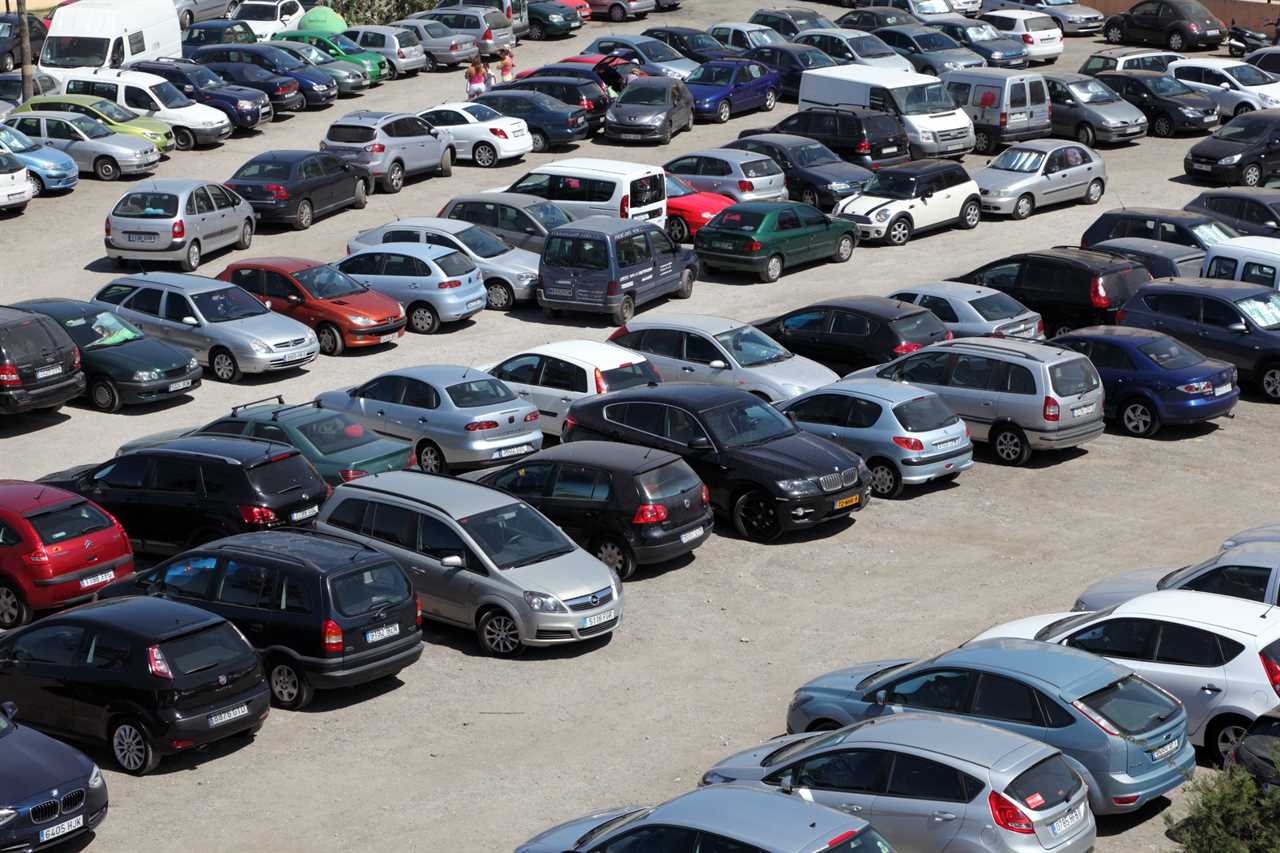
While SUVs offer a commanding view of the road, their size can become a hindrance in tight spaces. Parking in crowded urban areas or navigating narrow streets can be a challenge due to the SUV’s larger turning radius and overall dimensions. If you frequently encounter tight parking situations or live in a densely populated area, you might find an SUV to be less maneuverable than you’d prefer.
Consider the size of your garage or parking space. Will an SUV comfortably fit, or will it make parking a daily struggle? Additionally, if you often drive in city traffic, the bulkiness of an SUV might become a source of frustration. If you value easy maneuverability, you might want to think twice before committing to an SUV.
3. Environmental Impact
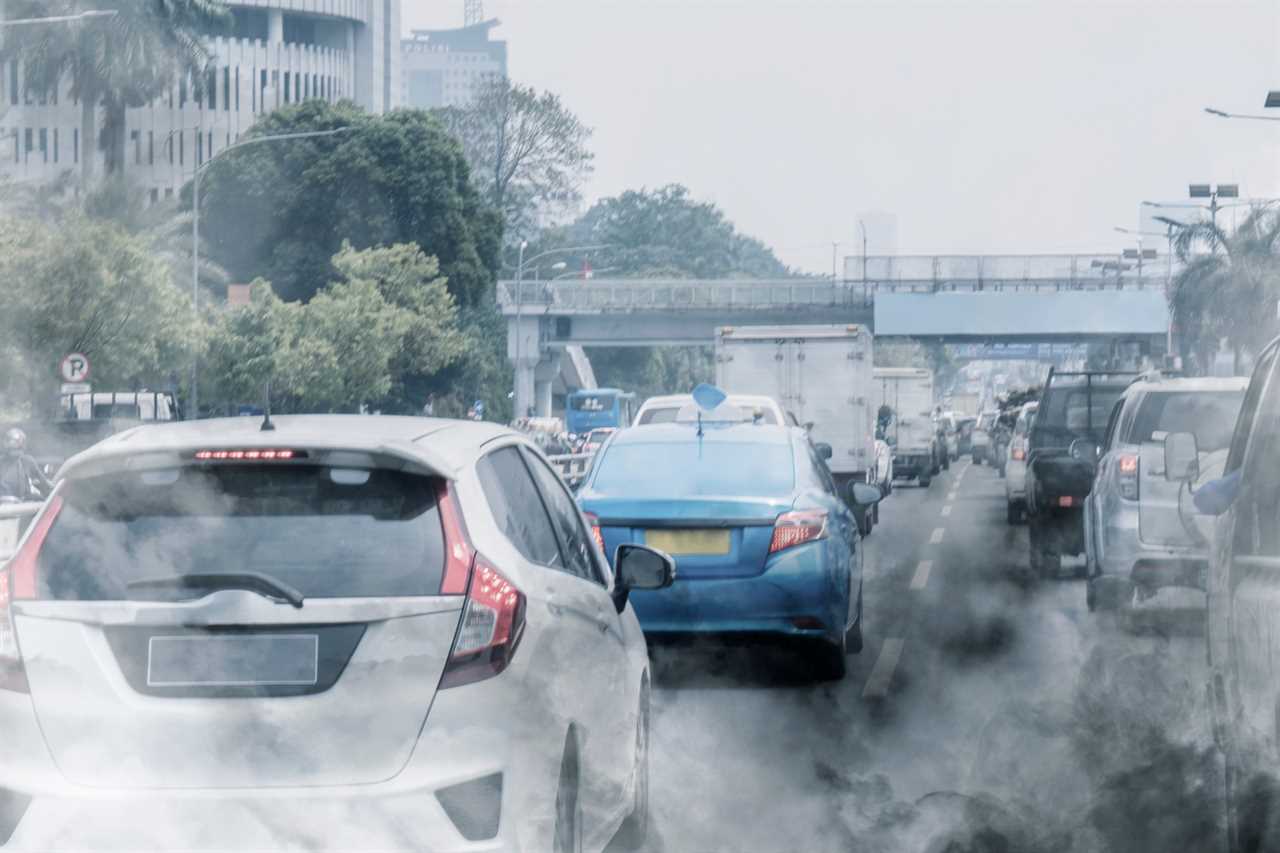
The disadvantages of buying an SUV extend beyond personal convenience. SUVs typically have a larger carbon footprint than smaller vehicles, contributing to air pollution and climate change. If you’re concerned about your environmental impact, it’s important to weigh the SUV’s environmental consequences against its perceived benefits.
While some automakers are striving to make SUVs more eco-friendly with hybrid or electric models, the overall impact of SUVs on the environment remains a concern. If you prioritize sustainability and want to reduce your carbon footprint, exploring smaller, more fuel-efficient vehicles or electric options might be a more responsible choice.
4. Higher Purchase and Maintenance Costs
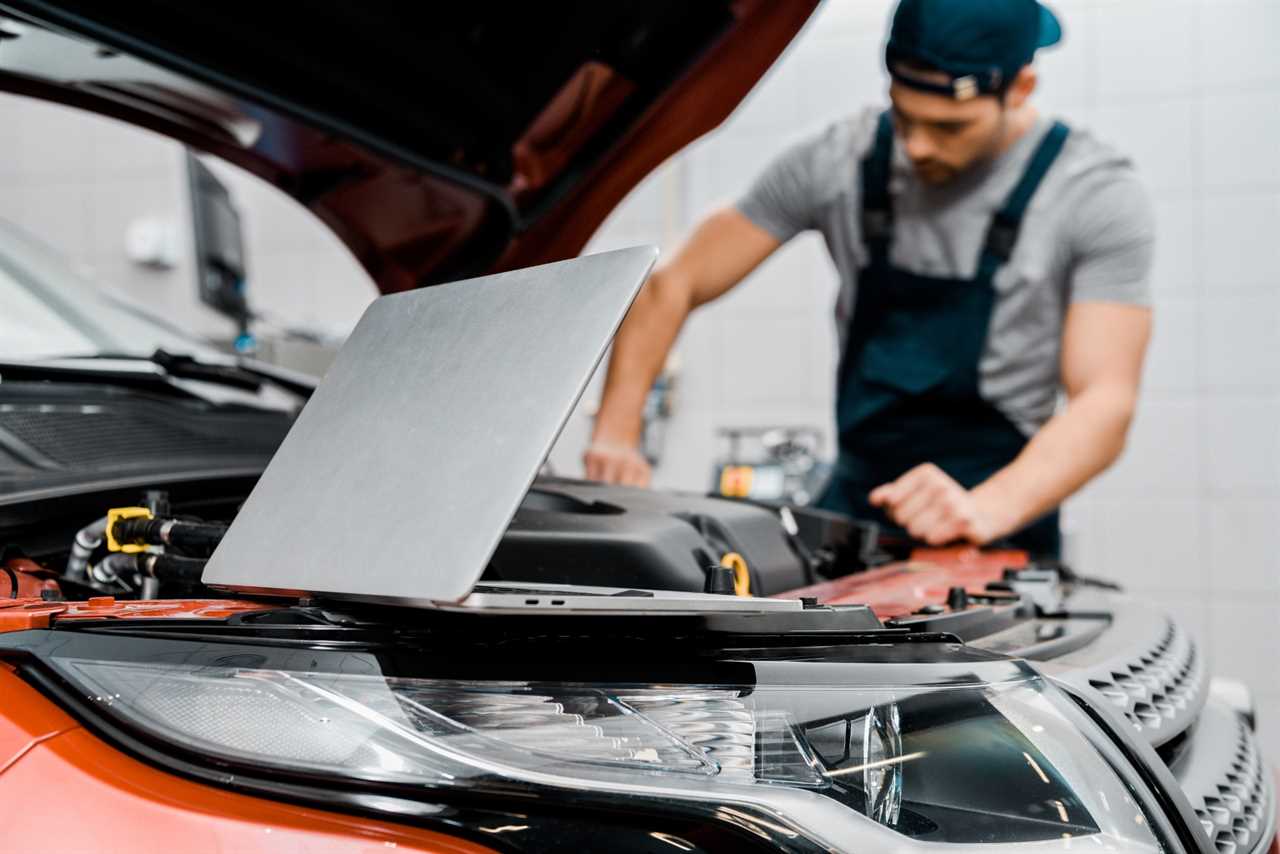
SUVs often come with a heftier price tag than their smaller counterparts. Additionally, their larger size and more complex components can lead to higher maintenance and repair costs. From tires and brakes to engine repairs, the expenses associated with owning an SUV can add up quickly. Before committing to an SUV, consider whether you’re prepared for the long-term financial implications. According to a study, the average annual cost to own and maintain a sedan is $8,939. Compare this to a compact SUV that will set you back $10,066.
The initial purchase price is just the beginning. Factor in the cost of insurance, fuel, regular maintenance, and potential repairs. If you’re on a tight budget, an SUV might strain your finances. Consider what to consider before buying an SUV, including the long-term costs associated with ownership.
5. Rollover Risk
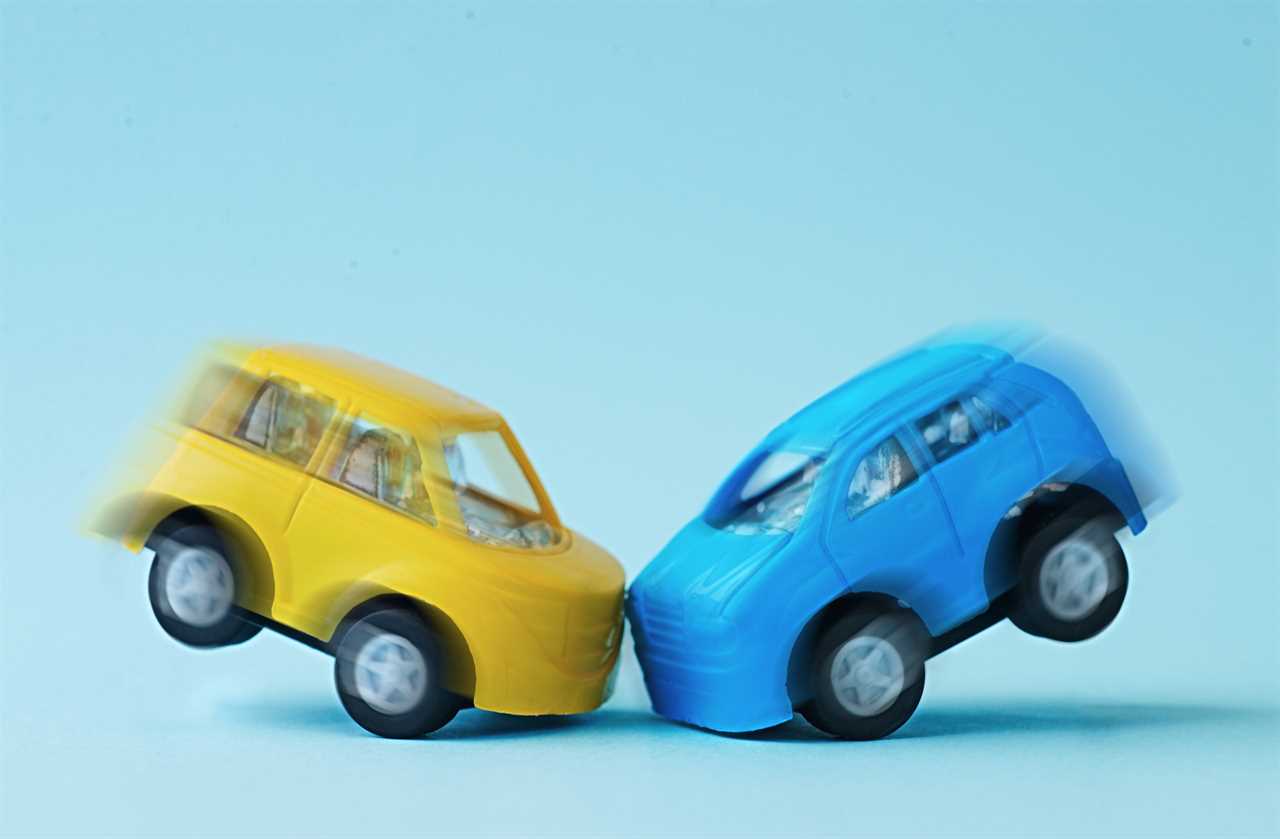
While you might enjoy the freedom of owning a vehicle that you can take wherever you want to go, there are risks that come with it. Due to their higher center of gravity, SUVs have a greater tendency to rollover compared to lower-profile vehicles. This risk is particularly pronounced in certain types of SUVs, such as top-heavy models or those with a narrow track width. While modern SUVs are equipped with safety features to mitigate rollover risks, it’s still a factor to consider, especially if safety is a top priority.
Research the specific SUV model you’re interested in and its rollover ratings. Look for SUVs with advanced safety features like electronic stability control and rollover mitigation systems. If you frequently drive in conditions where rollover risk is higher, such as icy or uneven roads, opting for a lower-profile vehicle might be a safer choice.
6. Limited Visibility

Despite their commanding driving position, SUVs can sometimes have blind spots that make it difficult to see smaller vehicles or pedestrians. This can be particularly dangerous and clearly one of the disadvantages of buying an SUV. It’s sometimes difficult when changing lanes or backing up. While newer SUVs offer technology to address blind spots, it’s important to be aware of the potential visibility limitations that come with driving a larger vehicle.
Test drive the SUV and pay attention to its visibility in different situations. Consider whether you’re comfortable maneuvering a vehicle with blind spots, especially if you often drive in crowded areas or have children who might be playing near the vehicle.
7. Less Engaging Driving Experience
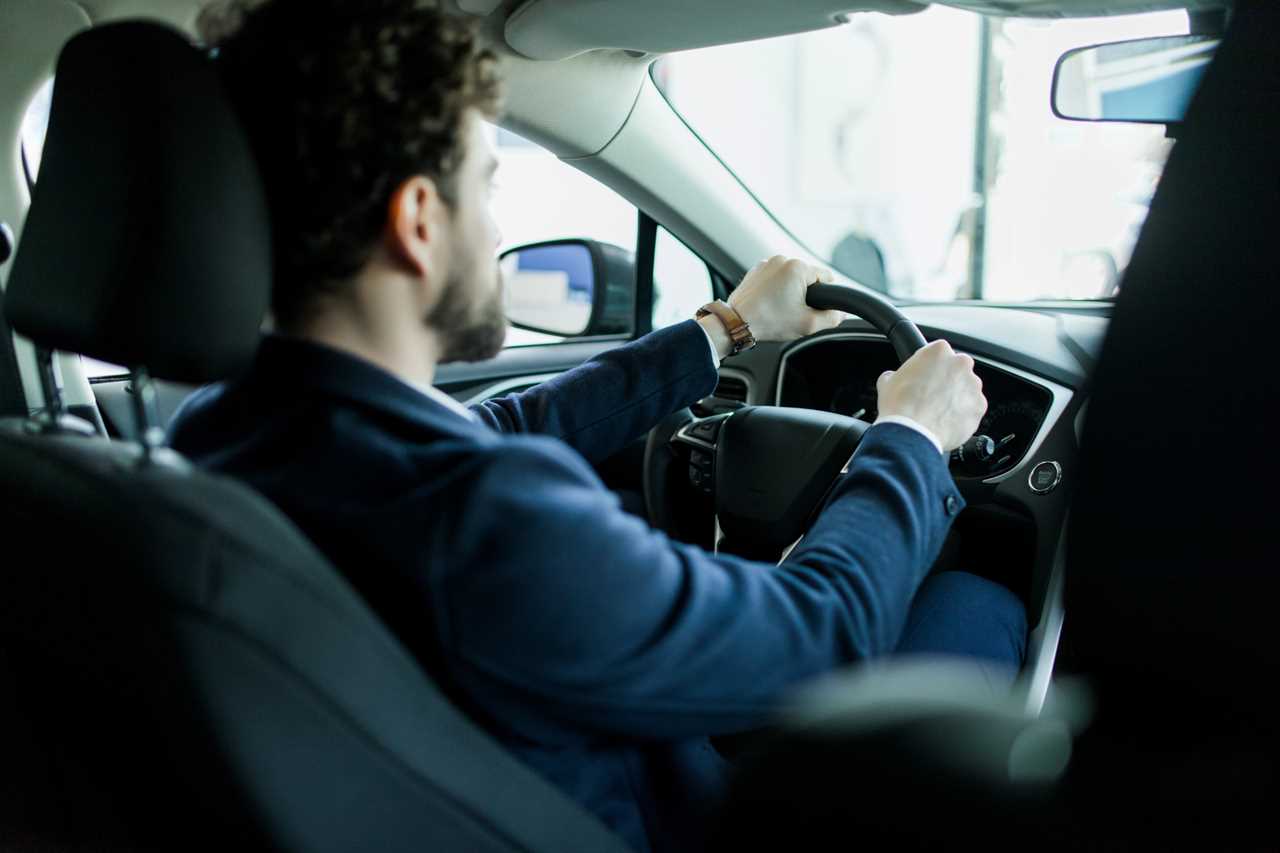
While some SUVs offer sporty handling, they generally don’t provide the same level of driving engagement as smaller, more agile cars. If you enjoy the thrill of a responsive and dynamic driving experience, you might find an SUV to be less satisfying in terms of handling and performance.
SUVs are often designed for comfort and practicality rather than sporty performance. If you value a fun and engaging driving experience, consider alternatives to SUVs like sedans or hatchbacks, which are known for their nimbleness and responsive handling.
8. Cargo Space Isn’t Always Practical
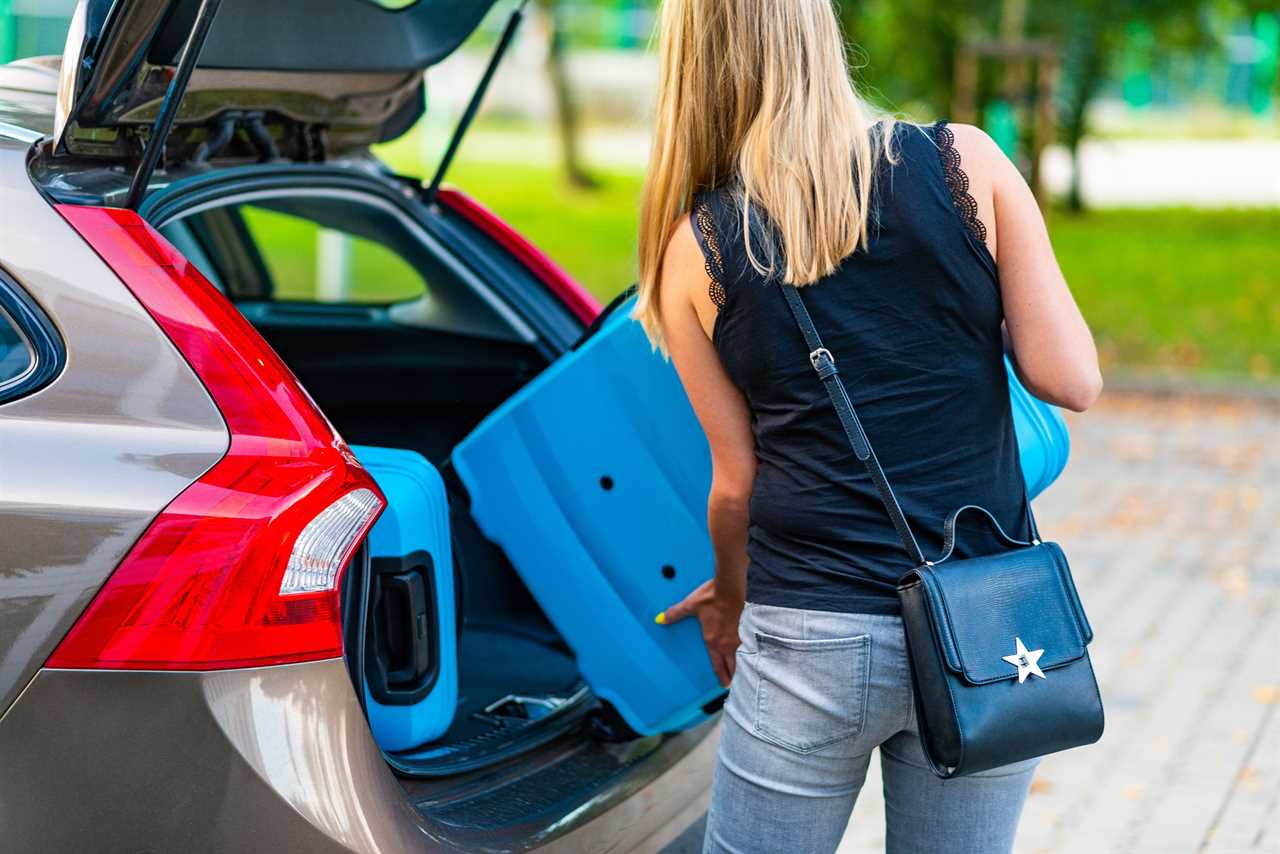
While SUVs boast ample cargo space, the design of their cargo area might not always be practical for everyday use. Loading and unloading heavy or bulky items can be difficult due to the SUV’s higher lift-over height. If you frequently haul cargo, it’s worth considering whether an SUV’s cargo space truly meets your needs or if a vehicle with a lower loading floor might be more convenient.
Consider what you typically transport. If you frequently carry heavy items or need to load and unload cargo quickly, a vehicle with a lower loading height might be a more practical choice. Minivans, wagons, or hatchbacks often offer easier access to cargo areas.
9. Limited Off-Road Capability
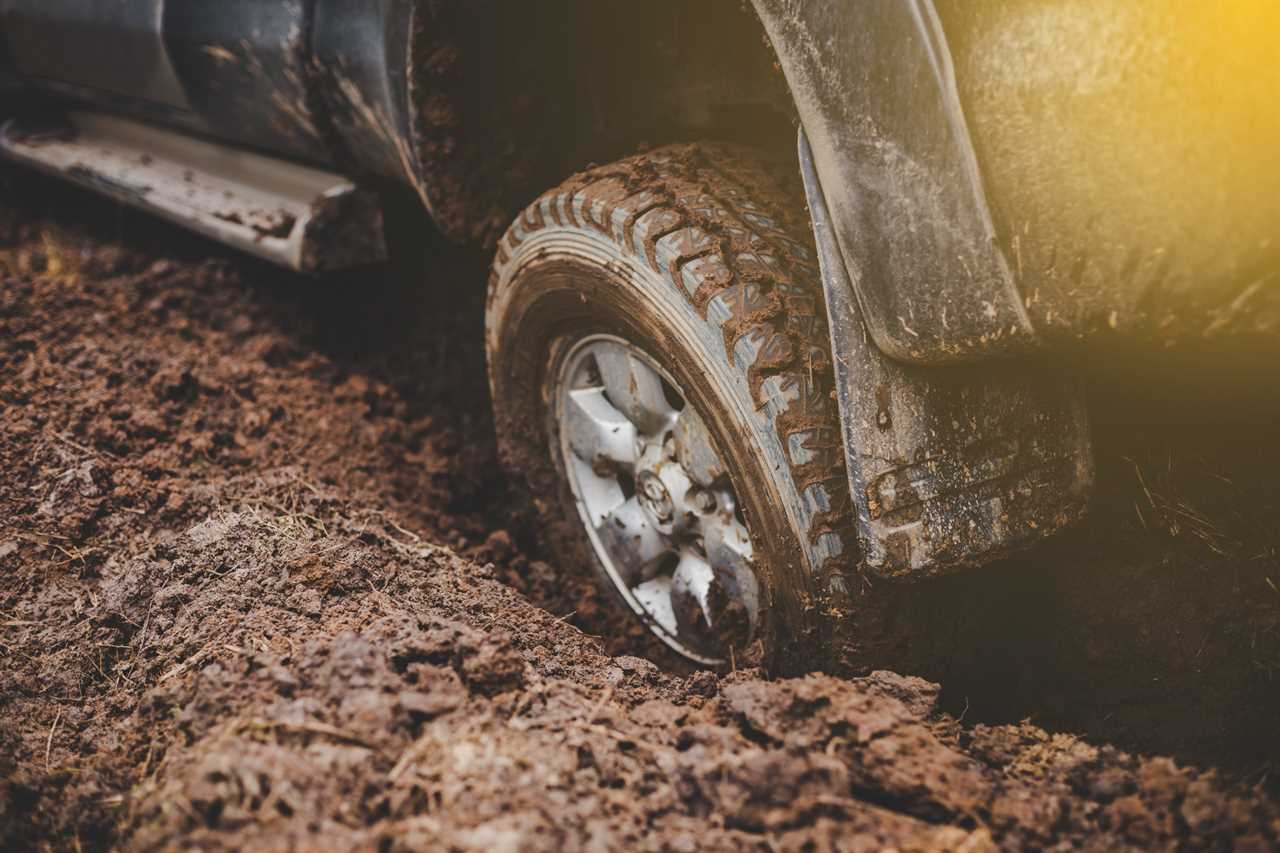
While SUVs are often associated with off-road adventures, many models are designed primarily for on-road use. Their features and capabilities might not be suitable for serious off-roading. If you’re seeking a vehicle for rugged terrain, it’s important to choose an SUV specifically designed for off-road performance.
Research the specific SUV model you’re interested in and its off-road capabilities. Look for features like four-wheel drive, high ground clearance, skid plates, and specialized suspension systems. If off-roading isn’t a priority, a standard SUV might suffice.
10. “SUV Tax”
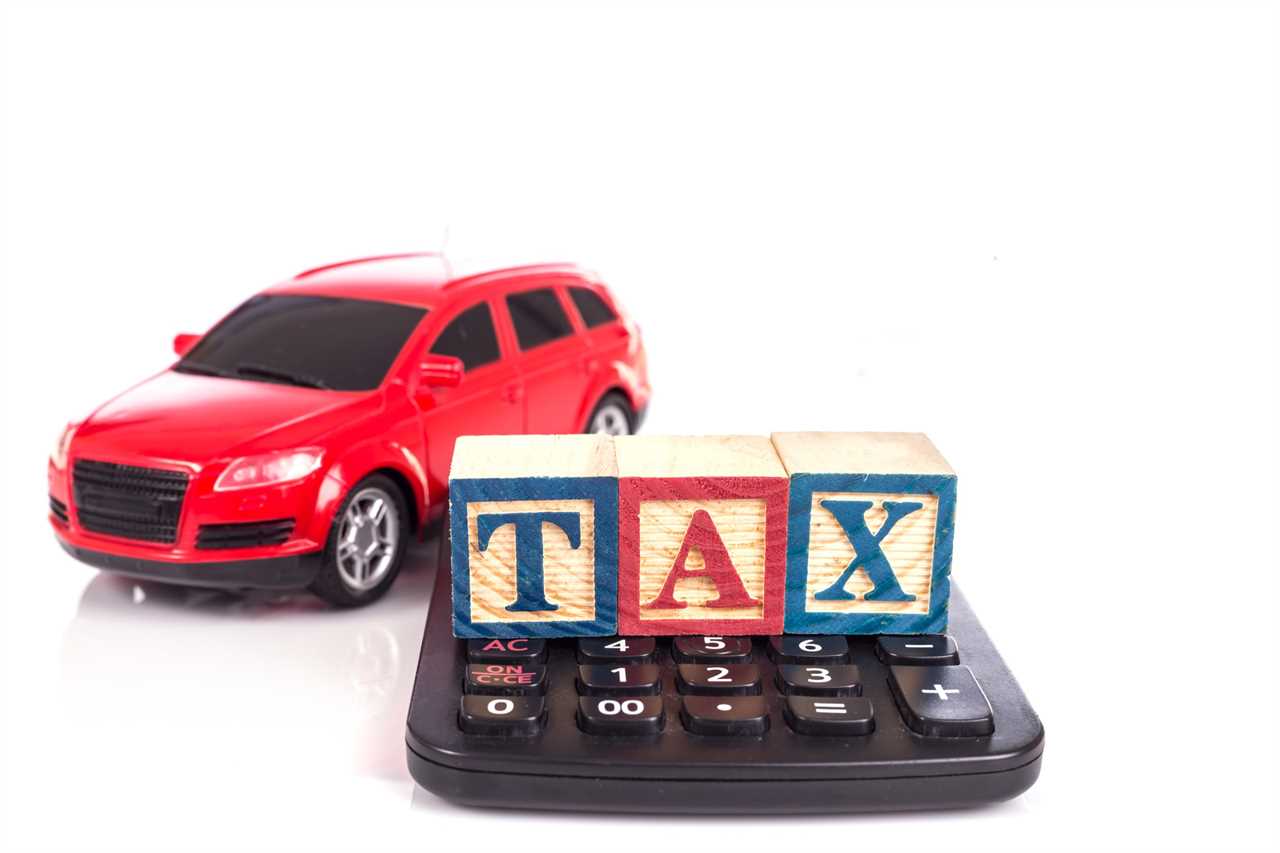
In some regions, SUV owners face additional taxes or fees due to the vehicles’ larger size and perceived environmental impact. These taxes can add to the overall cost of ownership and should be factored into your decision-making process.
Research the regulations in your area to determine if there are any additional taxes or fees associated with owning an SUV. Factor these costs into your budget to get a realistic picture of the financial commitment involved.
11. Resale Value Considerations

While SUVs have historically held their value well, the resale market is constantly evolving. Factors like changing consumer preferences, fuel prices, and environmental concerns can impact the resale value of SUVs. Before investing in an SUV, research the current market trends and consider how they might affect the vehicle’s resale value in the future.
Do your research and consult with experts to get a sense of how the resale value of your chosen SUV might be affected in the coming years. Consider whether you plan to keep the vehicle for a long time or if you anticipate selling it in the near future. This information can help you make a more informed financial decision.
Why Not to Buy an SUV: The Verdict
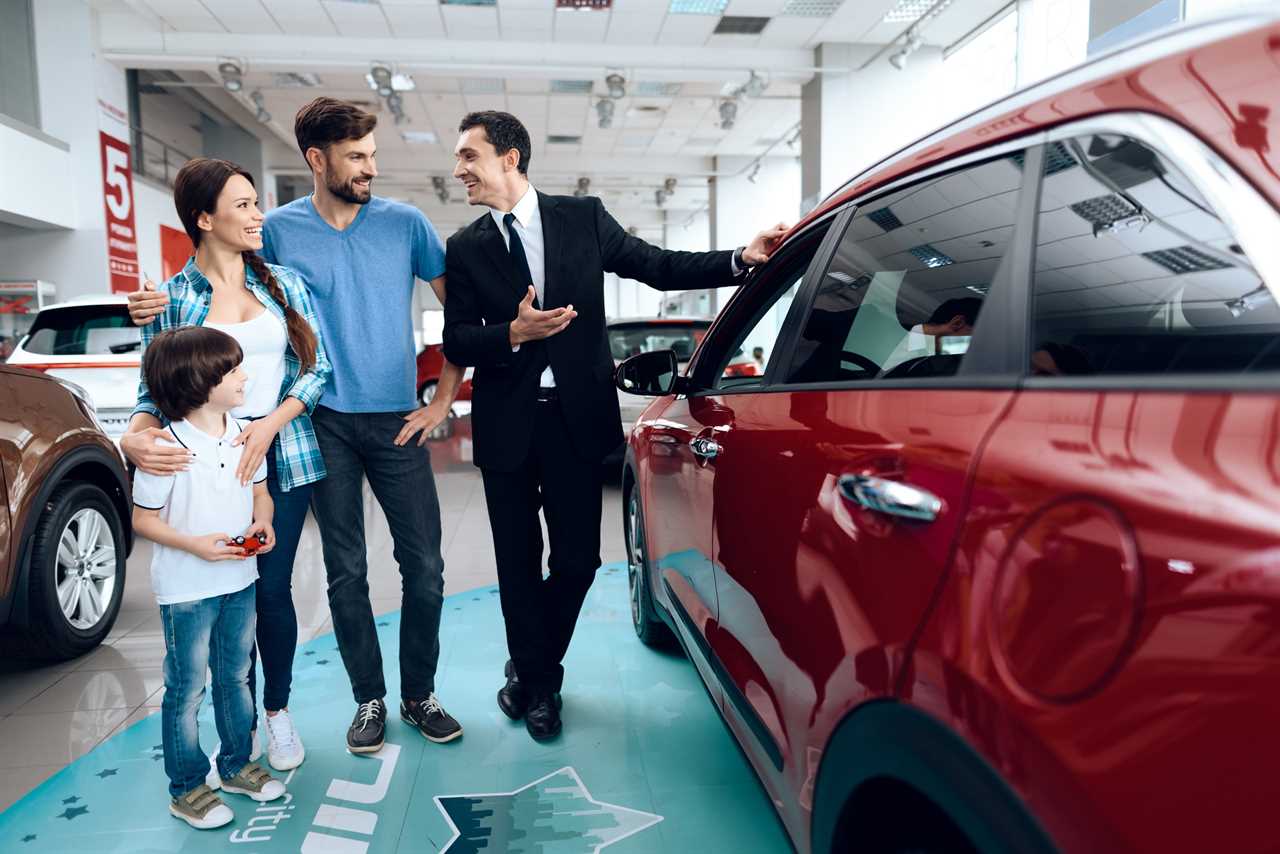
The decision of whether to buy an SUV ultimately depends on your individual needs and priorities. While SUVs offer certain advantages, the disadvantages of buying an SUV are significant and should not be overlooked. By carefully weighing the SUV’s pros and cons, considering alternatives to SUVs, and researching what to consider before buying an SUV, you can make an informed decision that aligns with your lifestyle, budget, and values. If you prioritize fuel efficiency, maneuverability, environmental consciousness, or affordability, you might find that an SUV isn’t the best fit. If you are buying a car, make sure you also do your homework and look for features that can help keep you safe, save money, and enjoy the ride.
Don’t hesitate to share your thoughts and experiences in the comments below! Have you encountered any surprising SUV drawbacks or discovered compelling reasons to avoid SUVs? Let’s continue the conversation and help others make informed decisions about their next vehicle purchase.
|||-------------------------------------
By: Randell Suba
Title: Here’s Why You Should Think Twice Before Buying an SUV
Sourced From: www.dinksfinance.com/2024/06/heres-why-you-should-think-twice-before-buying-an-suv/
Published Date: Fri, 07 Jun 2024 11:50:44 +0000
Did you miss our previous article...
https://coachingbusinessowners.com/funding/15-ways-gen-zs-tech-obsessions-are-changing-human-interaction-for-worse






